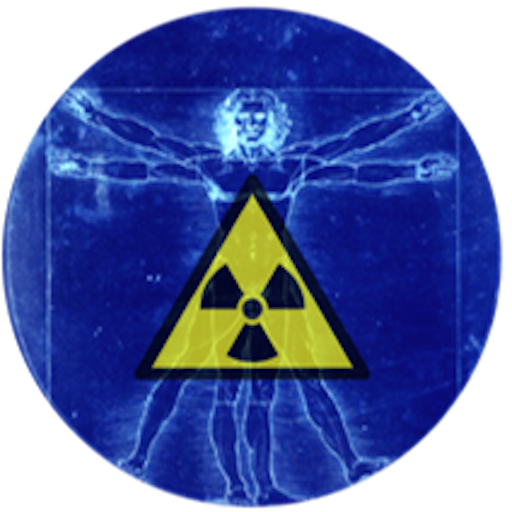Ensuring optimal use of ionising radiation
The clinical audits aim to ensure optimal use of high-dose ionising radiation in medicine. They examine whether the exposure is justified and allow facilities’ processes and resources to be optimised. However, the focus of the audits varies depending on the specialty.
Independent experts carry out a peer review
Clinical audits are evaluations carried out by colleagues (peer reviews). They are conducted by teams of auditors generally made up of one doctor, one medical physicist and one radiographer/nurse, who are all experts in their field (see expertise).
Auditors are specially trained to carry out clinical audits and are appointed by the steering committee. They are always independent of the facility they are auditing. Clinical audits are not administrative controls or inspections by supervisory authorities.
Focal points of the 1st cycle
During the first audit cycle, started in 2020, the main areas audited are the following:
Cardiology: operational radiation protection
Nuclear medicine: PET-CT
Radiologiy: computed tomography (CT scans)
Radiotherapy: treatment pathways
A pre-announced one-day audit
The order in which facilities will be audited is drawn at random by the steering committee for each language region and area.
The FOPH (Federal Office of Public Health) informs facilities by post that a clinical audit is to be carried out around three months in advance, offering a choice of three dates. Once the final date of the audit is decided, the responsible auditor contacts the facility regarding preparation.
The clinical audit lasts one day maximum and is carried out on the facility’s premises. During this time, the facility can continue its normal operations as long as enough staff are available.
At the end of the audit, the auditors verbally present their recommendations for improving justification of exposure and optimising processes and resources. They then send their report directly to the facility within two weeks. The FOPH does not receive a copy of this report unless significant deviations from recognised standards are observed.
Obligations of audited facilities
Medical facilities (hospitals, clinics, institutes) delivering radiation therapy or nuclear medicine treatments, as well as those operating computed tomography (CT scan) equipment, or carrying out high-dose interventional radiology procedures, are subject to clinical audits (RPO Arts. 41-43).
Since 2020, facilities are required to keep their quality manual up to date. In addition, every facility is required to carry out a self-assessment of its practices every year. A clinical audit will be conducted no more than every five years.
Specific documents
Various documents aimed at medical facilities can be found here. These include an information sheet, a set of FAQs (see below), recommendations for drawing up a quality manual, etc.
A team of auditors for one day
A team of auditors usually comprises a doctor, a medical physicist and a radiographer. Together, they visit a facility and evaluate its working practices. Each auditor focuses on their area of expertise and compares the practices of their peers against recognised standards.
At the end of the audit, which usually takes a day, the team of auditors presents its initial recommendations for improving clinical practice and discusses these with the team of the audited unit. Finally, the auditors prepare their report and send it directly to the provider, which is invited to implement the recommendations.
Detailed FAQs
You’ll find more information aimed at healthcare facilities in these detailed FAQs.
.




